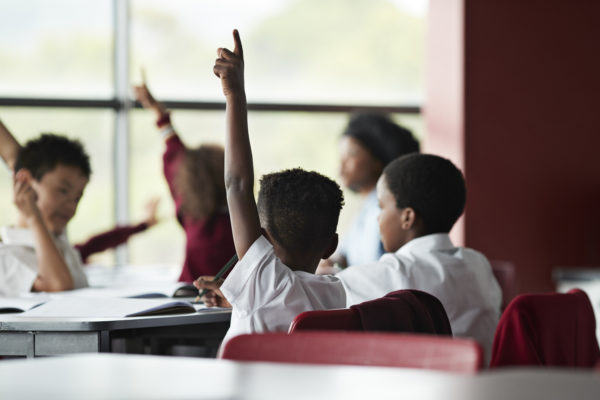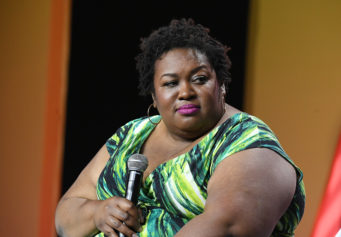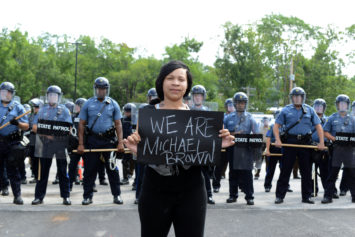A new Rutgers University study examining education systems found that white teachers are three times more negative with Black students than with white students, while Black teachers tend to be less negative.
The report, published in December, analyzed classroom interactions between students and teachers across racial lines. Study author Dan Battey turned his focus specifically to math classrooms, examining how Black and white students and Black and white teachers interact in both urban and suburban settings.

Researchers found that Black teachers were less negative with Black students, and equally as positive as white teachers. (Photo by Klaus Vedfelt / Getty Images)
“We were interested in how the suburban-urban split kind of functions — as well as the teacher-race (split) within the urban space,” Battey, an associate professor in Elementary Mathematics Education in the Graduate School of Education at Rutgers, said of the study. “There weren’t many rural schools.”
Much of the literature in “Racial Mis(Match) in Middle School Mathematics Classrooms: Relational Interactions as a Racialized Mechanism,” addresses discipline in schools that might lead to suspensions or expulsions, and also examines the school-prison-pipeline, according to The Daily Targum. Moreover, the data illustrates how small behaviors can snowball into larger, more serious issues.
Researchers analyzed dimensions for the behavior, contribution and emotions of students and found that white teachers were far more negative with Black students in terms of how they dealt with student contributions in math classes.
“They were more negative in handling student emotions,” he said. “They’re more negative in interacting with student ability and how they framed student ability than Black teachers on basically every dimension.”
African-American teachers were found to be less negative with Black students. Black teachers were equally as positive as white teachers, however. The fact that these teachers were teaching in the same schools and interacting with kids from the same neighborhoods, yet were behaving much differently, indicated there might be possible internalized biases about the students, researchers said.
To remedy this issue, Battey suggested viewing students across different racial and ethnic backgrounds as more capable. He also recommended upping the number of Black teachers in schools.
As part of the research, Battey and his colleagues coded videos for each student-teacher interaction. They gathered data from eight different schools, many of which did not have many African-American teachers.
“I think the best way to think about that is through training teachers from the community and bringing them back,” Battey told the newspaper. “You can still have some cultural dissonance there, but it’s really, to me, about bringing in teachers who are going to view these kids as having resources,” he said. “So that the students can draw on resources the kind of succeed in believing in them.”


